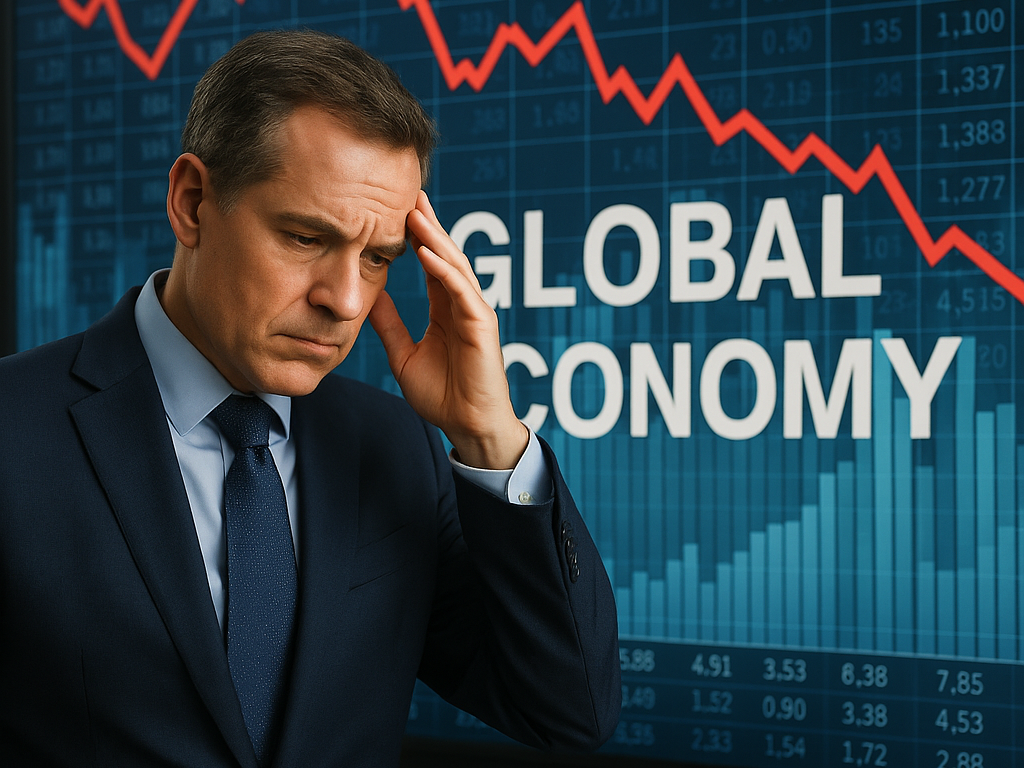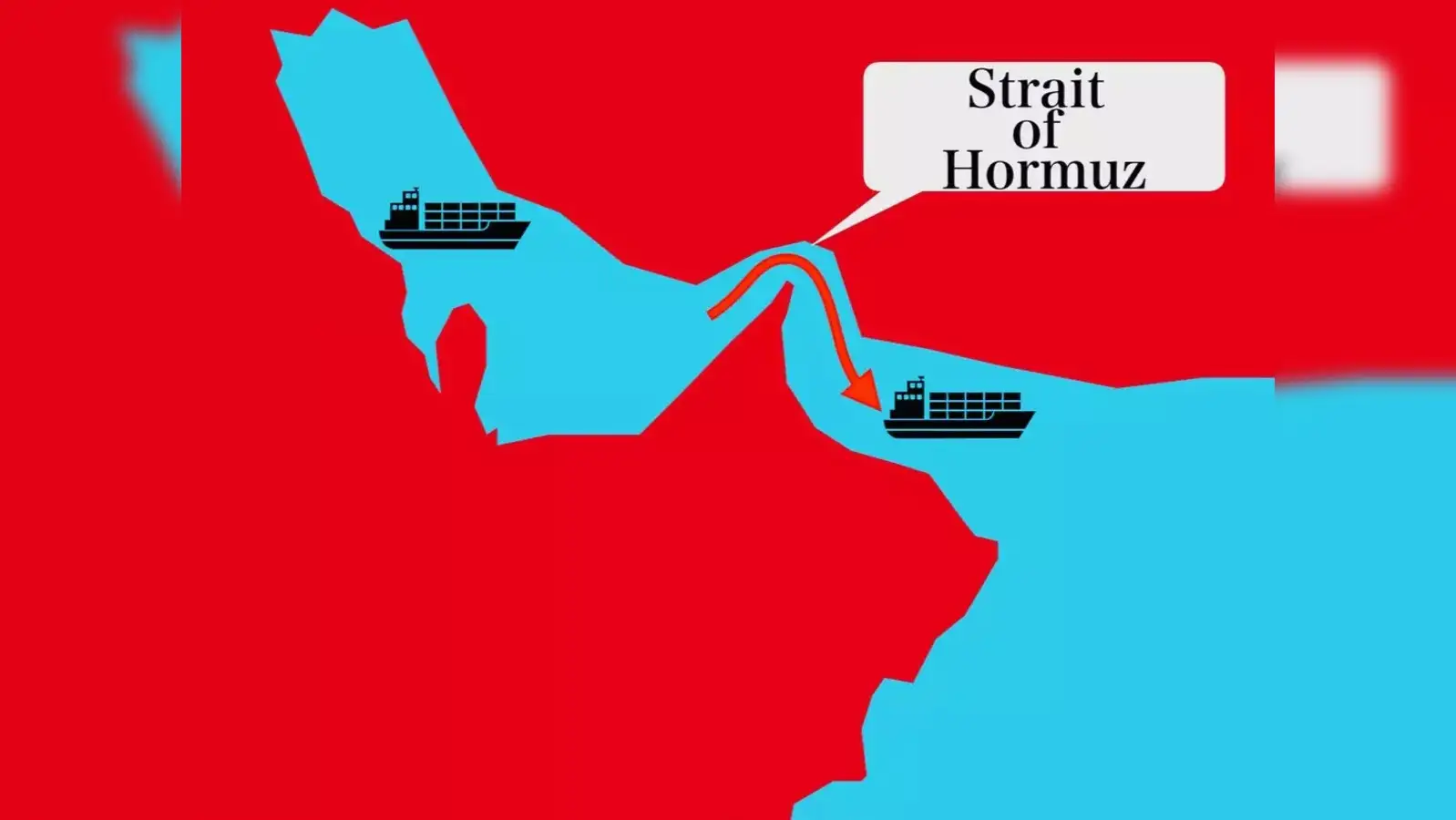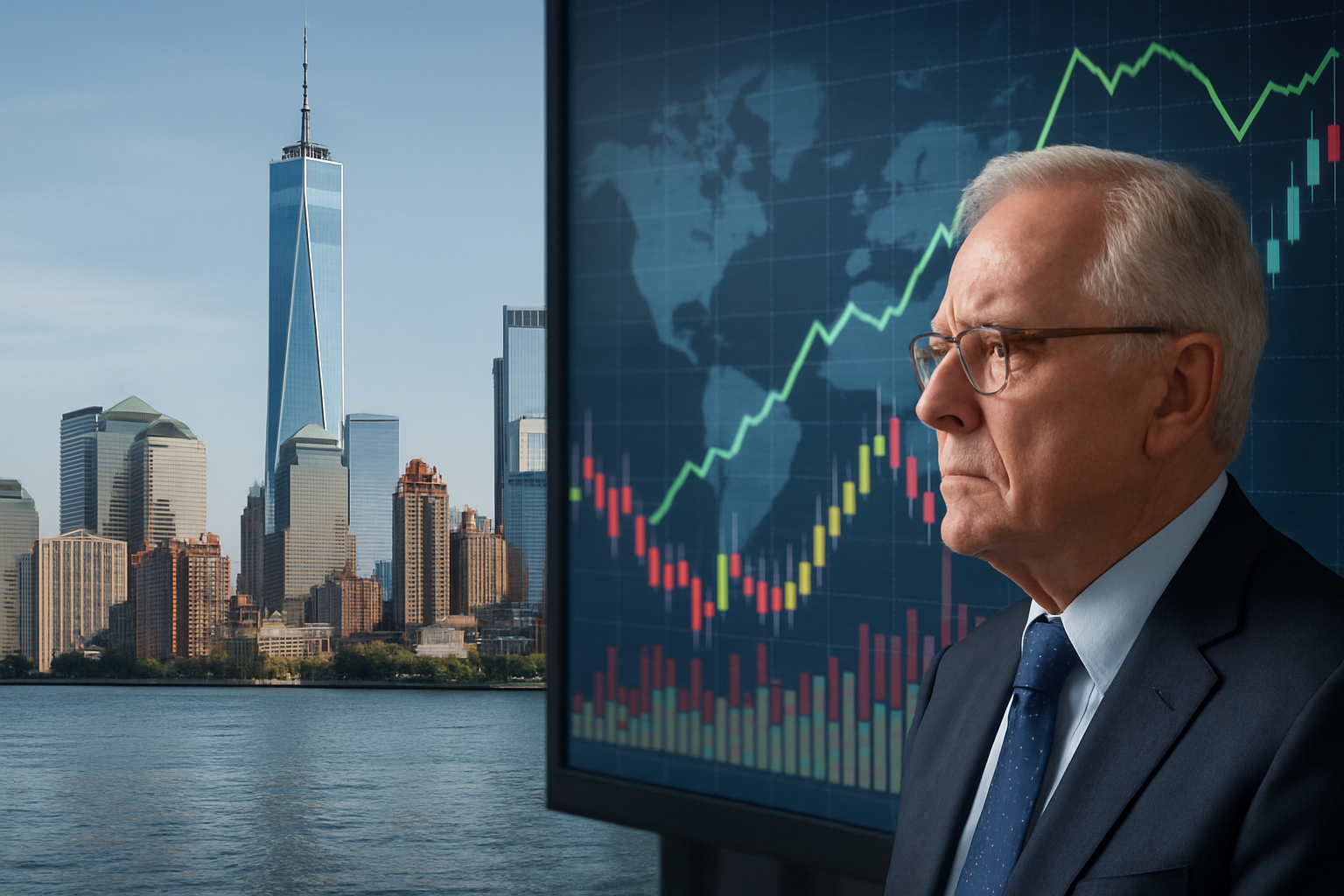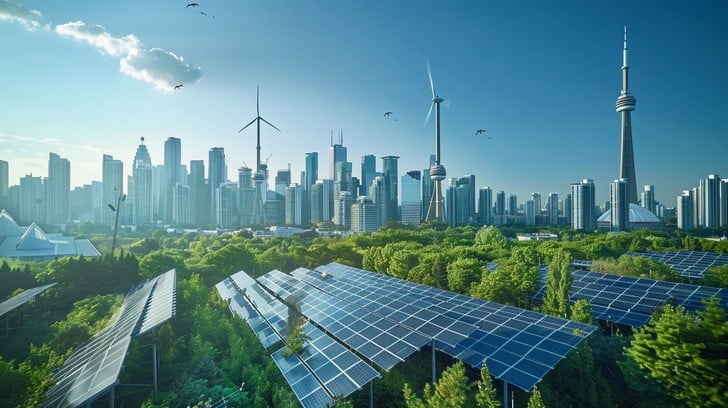A Changing Global Inflation Innovation Landscape
Inflation Innovation
The global economy is undergoing a major transformation. Although inflation has shaken markets and affected everyday lives, this problem has also paved the way for innovation. As governments, industries, and individuals adapt to new realities, they are finding unexpected opportunities amid economic uncertainty.
Indeed, what once appeared to be a crisis is gradually becoming a period of reflection and reinvention. Many are asking whether the current struggles could give rise to a more resilient and inclusive economic future. At the same time, geopolitical tensions, energy transitions, and technological changes add layers of complexity to this global shift.

Inflation Pressures Continue to Shape Policy
In recent years, inflation has become a central concern for both policymakers and consumers. Rising prices for essentials such as food, housing, and energy have forced central banks to tighten monetary policies. As a result, borrowing has become more expensive, affecting everything from mortgages to business investments.
Nevertheless, while inflation causes short-term pain, it has also pushed decision-makers to rethink economic strategies. Supply chain resilience, and local manufacturing are gaining renewed attention. Because of these efforts, long-term inflation expectations may eventually stabilize.
Technology as a Tool for Transformation Inflation Innovation
Amid inflation and market uncertainty, innovation continues to flourish. Emerging technologies such as artificial intelligence, blockchain, and renewable energy are creating new industries and reshaping old ones. These developments are not limited to wealthy nations; in fact, some of the most creative uses of technology are taking place in low- and middle-income countries.
For instance, digital banking and mobile payments are helping millions of people access financial services for the first time. Likewise, small businesses are using automation to improve productivity and compete on a global scale. Thus, technology is not only a disruptor but also a great equalizer.
Global Trade Realigns with Purpose of Inflation Innovation
Another major shift in the global economy is the reconfiguration of trade networks. Although globalization once meant a free flow of goods and services across continents, recent events have led countries to reconsider their dependencies. Trade policies are becoming more strategic, with an emphasis on national security, energy independence, and sustainability.
At the same time, regional trade agreements and South-South partnerships are gaining momentum. These alliances promote local development while reducing exposure to global volatility. Consequently, businesses and governments alike are learning to balance global ambition with local resilience.
The Role of Green Transition in Economic Growth
Sustainability is no longer a secondary concern. Environmental priorities are now central to global economic strategy. Climate change, resource depletion, and pollution have forced nations to take bold steps toward cleaner alternatives. Importantly, these efforts are not just about preserving the environment—they are also about economic competitiveness.
Green energy projects, carbon markets, and circular economy models are creating jobs and attracting investment. Moreover, countries that invest early in clean infrastructure are likely to gain a long-term advantage in the global marketplace. Therefore, the green transition represents both a responsibility and a powerful opportunity.
The Human Factor: Inequality and Labor Shifts
Despite innovation and growth, economic inequality remains a pressing issue. Income gaps, lack of access to quality education, and job insecurity affect millions worldwide. Consequently, inclusive policies and workforce development are essential for shared prosperity.
Automation are transforming the nature of work. Although some jobs are being replaced, others are being created. Workers who can adapt and learn new skills are well-positioned, but others may fall behind. Therefore, investing in education and retraining must become top priorities for both public and private sectors.
Geopolitical Challenges and Economic Stability
While internal economic factors are critical, external influences also play a major role. Ongoing geopolitical tensions—whether due to conflicts, sanctions, or shifting alliances—add pressure to global markets. These challenges can disrupt trade, reduce investor confidence, and trigger unexpected economic consequences.
However, cooperation and diplomacy offer a path forward. Multilateral institutions, regional forums, and bilateral negotiations are being revived to manage these risks. Although progress can be slow, collaboration remains essential in a deeply interconnected world.
The Outlook Ahead: Resilience and Renewal
As the world navigates inflation, disruption, and transformation, a new economic narrative is emerging. Rather than focusing solely on growth numbers, leaders and communities are emphasizing resilience, inclusiveness, and innovation.
Admittedly, the path forward is not without obstacles. Yet, the lessons of the past few years have shown that crises can spark positive change. With the right policies, investments, and collaboration, the global economy can move toward a more sustainable and equitable future.



